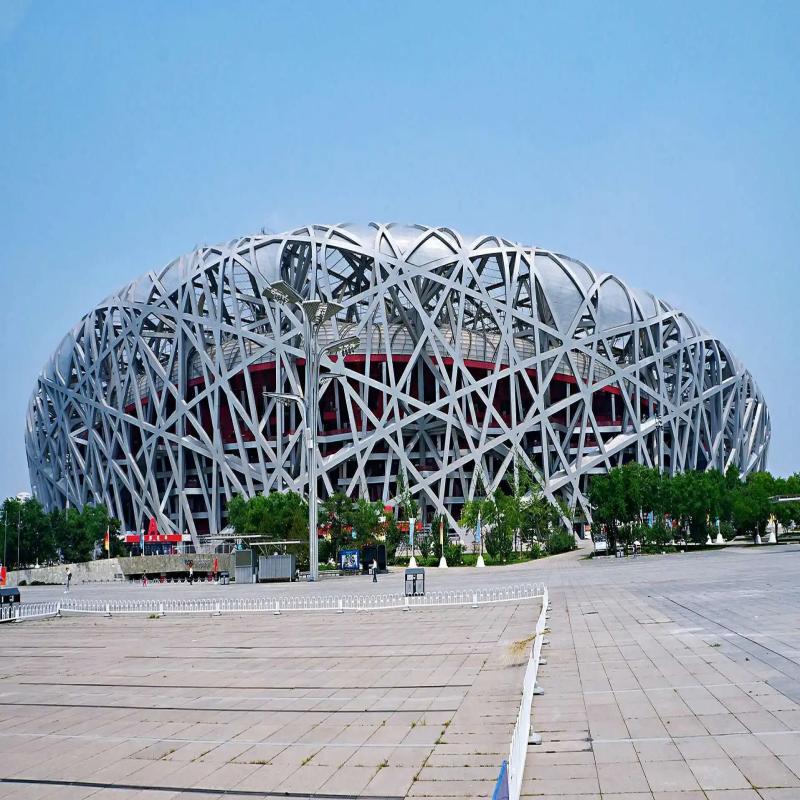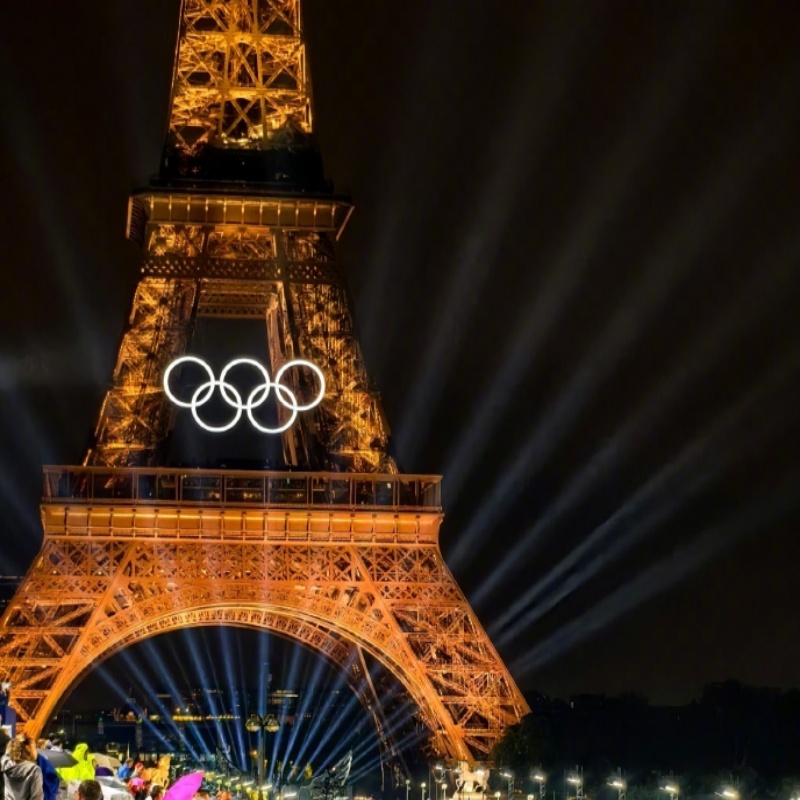Globally, the Olympic Games are not only a significant sporting event but also a concentrated showcase of cultural, technological, and architectural ideas from various countries. In France, the use of steel architecture has become a major highlight of this event. Through the exploration and analysis of steel architecture in the French Olympic Games, we can better understand its position in modern architectural history and its potential impact on future architectural design.
Firstly, steel, as a building material, is superior due to its high strength, lightweight, and strong plasticity, which can meet the demands of various complex structures. This gives steel architecture an unparalleled advantage in achieving bold designs and innovative forms. In the construction of Olympic venues, designers and engineers utilized the characteristics of steel to ensure not only the safety and functionality of the buildings but also to enhance their modern and artistic appearance.
Secondly, since the 19th century, France has made remarkable achievements in architecture, especially in the use of steel structures. For example, the iconic Eiffel Tower in Paris is an outstanding representative of steel construction. Such buildings carry significant symbolic meaning, reflecting France’s pursuit of industrialization and modernization. Many venues constructed for the Olympic Games were inspired by these historical buildings, employing large-span steel structures that preserve traditional culture while showcasing contemporary architectural advancements.
Furthermore, French steel architecture also stands out in terms of environmental sustainability. During the preparation and implementation of the Olympic Games, architects attempted to create eco-friendly venues by using recycled steel, reducing energy and water consumption, and maximizing natural lighting. This not only demonstrates the French architectural community’s commitment to sustainable development but also reflects the global effort to address climate change. The forward-thinking approach in these venues is not merely to meet the requirements of the International Olympic Committee but also to convey a positive environmental message to the world.
Another noteworthy aspect is that steel architecture, while meeting the demands of large-scale events, also possesses multifunctionality. These venues are designed not only with sports events in mind but also to accommodate public activities, cultural exhibitions, and commercial events. This flexibility allows steel structures to continue serving local communities long after the Olympic Games, promoting sustainable urban development. Thus, steel architecture is not just a container for the events but also a catalyst for community growth.
Finally, the steel architecture in the French Olympic Games embodies a deeper significance that transcends sports. It explores the fusion of technology and art while reflecting on cultural identity and urban development. These venues serve as modern urban calling cards, showcasing the aspirations and pursuits of the French people for the future with their robust yet dynamic forms. In the coming years, these steel buildings will not only continue the spirit of the Olympics but also set a new benchmark for architectural development in France and around the world.
In summary, the steel architecture in the French Olympic Games represents a profound integration of technological innovation and artistic concepts, showcases foresight in sustainable development, promotes exploration in multifunctional spaces, and carries rich cultural connotations. Over time, these buildings will not only serve as temporary event venues but will stand as historical witnesses, inspiring future generations of architects and designers to create even more outstanding works in this great field.
Post time: Aug-16-2024


